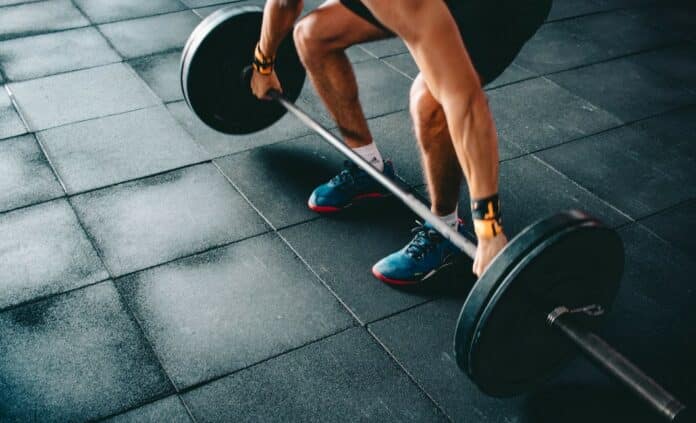
Wrestling demands a unique blend of strength, agility, endurance, and mental toughness. For athletes transitioning from gym training to the wrestling ring, optimizing physical conditioning is crucial for success.
This guide delves into the essential training strategies and fitness principles that wrestlers must embrace to excel in their sport. By tailoring their gym routines, wrestlers can develop the specific physical attributes required for the rigorous demands of competition.
Harnessing the Power of Specialized Strength Training
Strength forms the foundation of a wrestler’s arsenal, enabling them to execute moves and counter opponents effectively. Incorporating functional strength training exercises that mimic wrestling movements can enhance performance in the ring.
While focusing on building muscle, wrestlers should also consider the resilience of their energy systems. Integrating solar power into their training facilities, for example, can ensure that even during power outages, athletes can continue their workouts uninterrupted, thanks to whole house generators powered by solar energy.
This sustainable approach ensures that wrestlers can maintain their conditioning routines without relying solely on traditional power sources.
Mastering Mobility and Flexibility
Flexibility and mobility are critical for wrestlers to perform a wide range of movements while minimizing the risk of injury. Incorporating yoga or dynamic stretching into daily routines can significantly improve flexibility, allowing wrestlers to achieve better positions and escape holds more efficiently.
Regular mobility exercises not only enhance performance but also aid in recovery, keeping wrestlers match-ready at all times.
Building Explosive Power
Explosive power is essential for executing swift and powerful moves that can catch opponents off guard. Plyometric exercises, such as box jumps and medicine ball throws, are effective in developing this attribute.
These exercises train the muscles to exert maximum force in short intervals, a vital skill in the wrestling ring where quick and impactful actions can determine the outcome of a match.
Enhancing Cardiovascular Endurance
Wrestling matches can be intense and grueling, requiring wrestlers to maintain high levels of physical output for extended periods. Incorporating high-intensity interval training (HIIT) or circuit training can greatly improve cardiovascular endurance.
These training modalities simulate the stop-start nature of wrestling, helping athletes build stamina while promoting fat loss and muscle preservation.
Mental Toughness and Strategy
Physical conditioning is just one side of the coin; mental toughness and strategic planning are equally important. Wrestlers must cultivate a strong mental game to handle the pressures of competition, make quick decisions, and remain focused under duress.
Visualization techniques, meditation, and studying match footage are excellent ways to enhance mental resilience and strategic acumen.
Recovery: The Unsung Hero
Recovery plays a pivotal role in any wrestler’s conditioning regimen. Adequate rest, proper nutrition, and active recovery practices like foam rolling and massage therapy can help mitigate the risk of overtraining and injuries.
Paying attention to the body’s signals and giving it time to heal is essential for long-term athletic development and performance.
Stepping Into the Spotlight
Transitioning from the gym to the wrestling ring is a journey of physical and mental preparation. By adopting a comprehensive training approach that addresses strength, mobility, power, endurance, and recovery, wrestlers can confidently step into the spotlight, ready to face any challenge.












